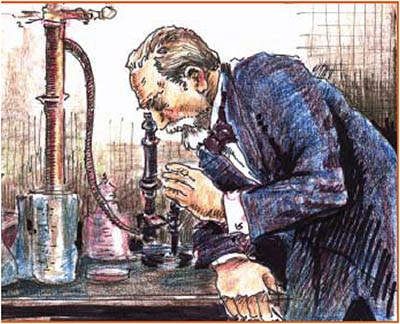Animal research is also important in another type of research, called basic research. Basic research experiments are performed to further scientific knowledge without an obvious or immediate benefit. The goal of basic research is to understand the function of newly discovered molecules and cells, strange phenomena, or little-understood processes. In spite of the fact that there may be no obvious value when the experiments are performed, many times this new knowledge leads to breakthrough methods and treatments years or decades later. For example, chemists developed a tool called a nuclear magnetic resonance (NMR) machine to determine the structure of chemicals. When it was developed, it had no obvious applications in medicine; however, scientists eventually realized that the NMR machine could be hooked up to a computer to make a magnetic resonance imagery (MRI) machine. The MRI machine takes pictures of the bone and internal tissues of the body without the use of radioactivity. Other examples of basic research that have led to important advances in medicine are the discovery of DNA (leading to cancer treatments) and neurotransmitters (leading to antidepressants and antiseizure medications). However, there are many other instances where basic research, some of which has been done on animals, has not yet resulted in any practical benefit to humans or animals.

NMR (nuclear magnetic resonance)—a machine that measures the vibration of atoms exposed to magnetic fields. Scientists use this machine to study the physical, chemical, and biological properties of matter.
MRI (magnetic resonance imaging)—a machine that produces pictures of the bone and internal tissues of the body.
- The Concept of Basic Research - Science, Medicine, and AnimalsThe Concept of Basic Research - Science, Medicine, and Animals
Your browsing activity is empty.
Activity recording is turned off.
See more...
